I have been working with ROS since the release of C-Turtle back in 2010 when I started to apply it to the navigation system of humanoid robots. Since that time, I have witnessed how ROS has matured and how the whole ecosystem of ROS was built. I have attended many conferences on robotics in general, and of ROS in particular. I have had the chance to meet those people that are contributing to the growth and development of ROS. These are the guys that are shaping ROS’s future in one sense or another. These are what I call the big players of ROS. Given the level of popularity that ROS has gained, I thought of creating a list that would allow people, especially newcomers, to understand who is who in the ROS landscape in 2019.
As a disclaimer, I have to mention two things:
- First, this is my personal view based on my own experience, and as such, it may be biased because of my inability to be in all places and talk to every ROS person. Feel free to correct me in the comments below and I will use your corrections to update the article.
- Second, this is a list of people that are making ROS evolve, mainly developers. It is not based on political movements of the ROS world (unfortunately, these exist even here). I don’t care about the latest player in the field that puts a lot of money on ROS. This is about a list of people that have been working on bringing ROS to its current state, and that are still on the field.
Having clarified that, let’s go with the list of the people that are shaping the future of ROS in 2019.
1. Brian Gerkey
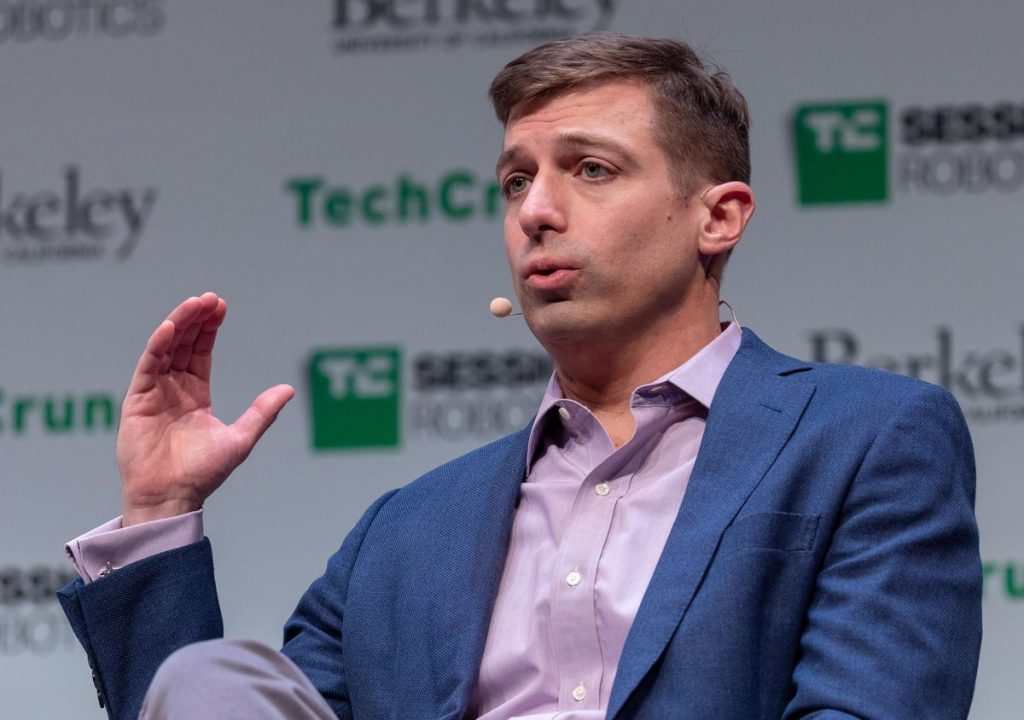
Brian Gerkey while at TechCrunch (image by Stephen Shankland @stshank)
Brian is the CEO of Open Robotics, the company behind the development and maintenance of ROS. He has been involved in the development of ROS since its birth when it all started at Willow Garage back in 2008. Actually, Brian is more than one of the fathers of ROS. I would even say that he is a grandfather of ROS, since he was one of the creators of the Player-Stage framework for robotics, which can be considered a precursor of ROS.
In 2012, Brian co-founded the Open Source Robotics Foundation, which took over responsibility for ROS when Willow Garage closed in 2013, and he has been its CEO ever since. That was a very important movement, without which would have meant the end of ROS.
(Updated info as in 28/III/2019, thanks to Tim Smith from Element PR and to Alex Moriarty from Fetch Robotics)
In 2017, Open Source Robotics Foundation changed their name to Open Robotics. Following the model of organizations such as Mozilla, Open Robotics is a wholly-owned taxable subsidiary of the non-profit Foundation. More information about the meaning and purpose of the name change can be found here: https://www.osrfoundation.org/welcome-to-open-robotics/
You can find Brian at his personal page.
2. Tully Foote
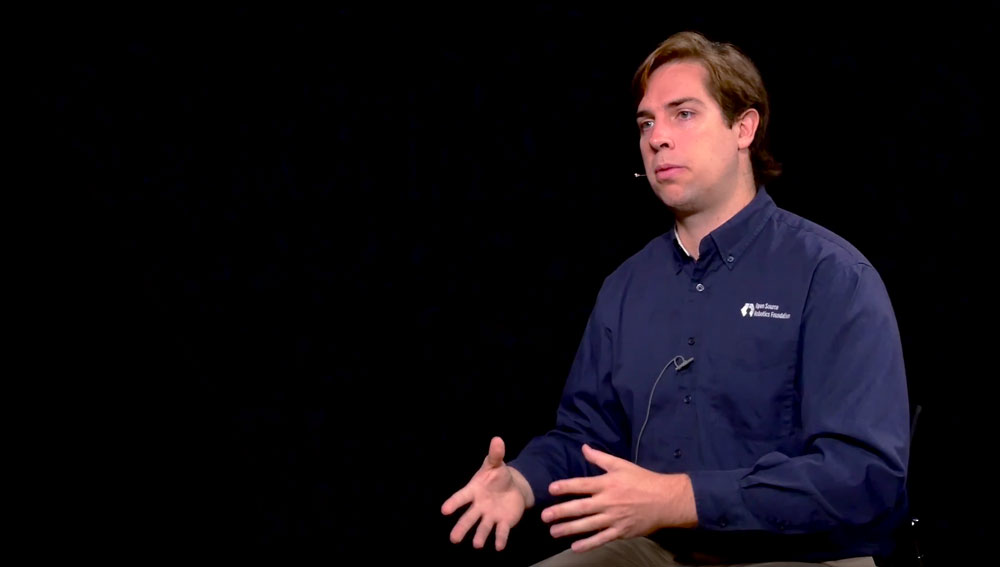
Tully Foote while being interviewed for Robots in Depth (image by RobotsInDepth)
Tully Foote is the main developer behind ROS. Actually, his job description on his LinkedIn profile reads manager of the ROS platform at Open Source Robotics Foundation. Guau! That is amazing! What can be cooler than being the main technical guy behind what we are using everyday in our robots?!?! For a ROS lover like me… nothing!
Tully was one of the first engineers of Willow Garage. There he co-created the Turtlebot robot (together with Melonee Wise) along with creating many parts of ROS. He was one of the authors of a paper entitled The Office Marathon: Robust Navigation in an Indoor Office Environment, which I think was another key point in the development of ROS. While I was at Pal Robotics, I (together with Luca Marchionni)used to emulate his results in achieving 1 km of uninterrupted navigation of a humanoid robot (we replicated the results with the Reem robot).
His contributions to the ROS code are everywhere (check, for example, this search for his name in the packages of ROS), and he continues to develop and maintain many ROS packages, as well as the infrastructure of the ROS system.
You can find Tully at LinkedIn.
3. Dirk Thomas
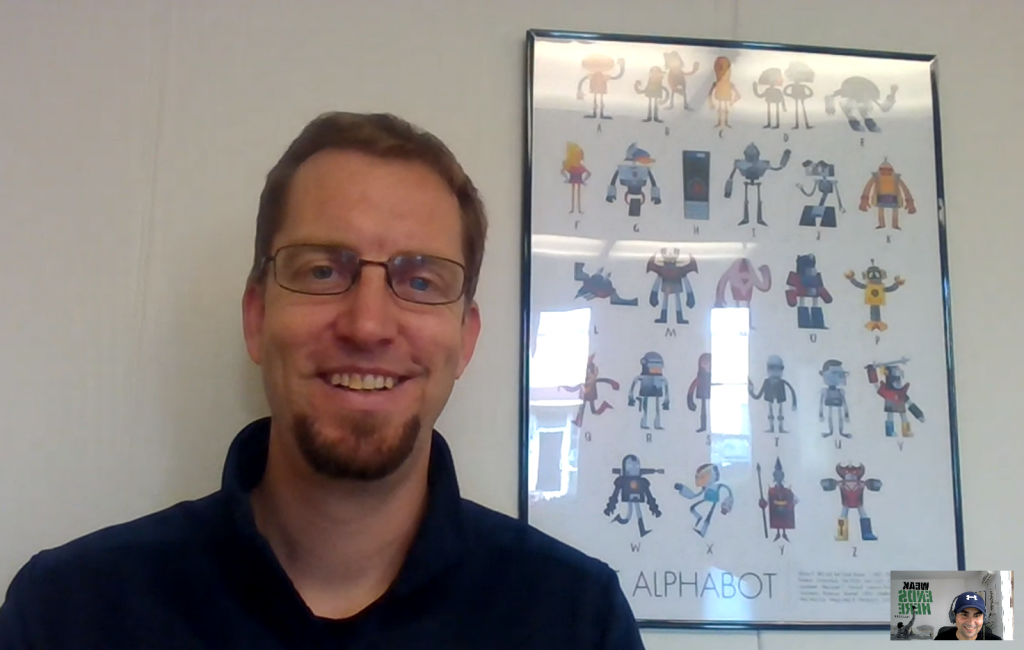
Dirk Thomas while being interviewed for the ROS Developers Podcast
As ROS was reaching the industry, its weaknesses were revealed as being a very limiting factor in the use of ROS in commercial robot products. That is why ROS2 was created, to overcome those weaknesses. Dirk Thomas leads the team that develops this new version of ROS2 with strong knowledge and passion. I can certify that because I interviewed him for the ROS Developers Podcast and his interview was the longest I ever did. This guy had so much to say about ROS2, and he really meant it!
You can find Dirk at LinkedIn.
You can find an interesting interview with Dirk here, where he explains about the ins and outs of ROS2.
I would also recommend the series of Live Classes that we did teaching about ROS2.
4. Victor Mayoral
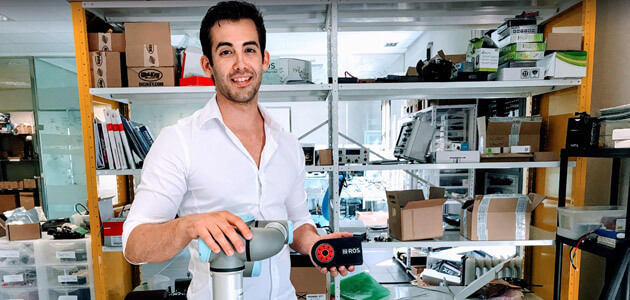
Victor Mayoral at Acutronic Robotics (picture by EFEemprende)
If ROS provides a standarization of software for robots, Hardware-ROS, or H-ROS, provides a standardization in robot modules. Victor Mayoral is the CTO of Acutronic Robotics and the leader of the H-ROS project, a project that defines a common ROS interface for all the robot parts, so any company can produce compliant ROS-robot modules that are interchangeable. Simplifying a lot, H-ROS would work in the same sense as a charger today does for (almost) all phones. The idea is so powerful that when Victor and his team proposed it to DARPA, they got financing for the development. And the rest, as we may say, is history! At present, H-ROS is a complete reality and you can even buy a robot that builds on this concept (the MARA robot).
You can find Victor at LinkedIn
You can find an interesting podcast interview with Victor here, where he talks about H-ROS and why it is so important for robot development.
Also, remember the Live Classes that I mentioned on the Dirk Thomas entry? Check them out for a very specific class where we teach about the standardization of ROS messages for robot hardware.
5. Melonee Wise
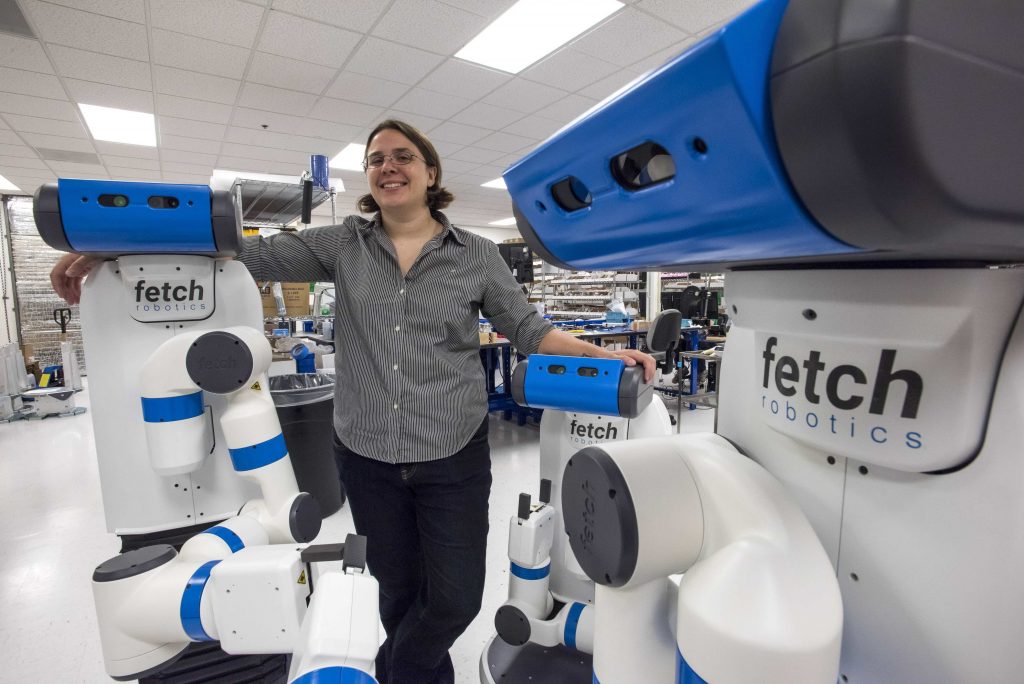
Melonee Wise and his Fetch Robots (Photographer: David Paul Morris/Bloomberg)
Melonee is one of the founders of ROS. Together with Tully Foote, she was the creator of Turtlebot robot as an inexpensive robotic option for roboticists to learn and practice ROS. She was a pioneer of ROS and developed many of its packages.
At present, Melonee is the CEO of Fetch Robotics, a company pioneer in building ROS-based collaborative robots. Actually, prior to Fetch, Melonee was co-founder and CEO of the Willow Garage spin-off, Unbounded Robotics, which was an amazing feat for the time. However, due to legal matters (of which I don’t know the details), Melonee had to shut down Unbounded Robotics, raise money again, and build a second company (this time, Fetch Robotics). How amazing is that!?
Even if at present many companies are doing ROS-based collaborative robots, she can be considered the pioneer for commercial collaborative robots based on ROS.
You can find her at LinkedIn.
You can find an interesting podcast interview with Melonee here, where she talks about their Fetch robots and more.
6. ROS Industrial
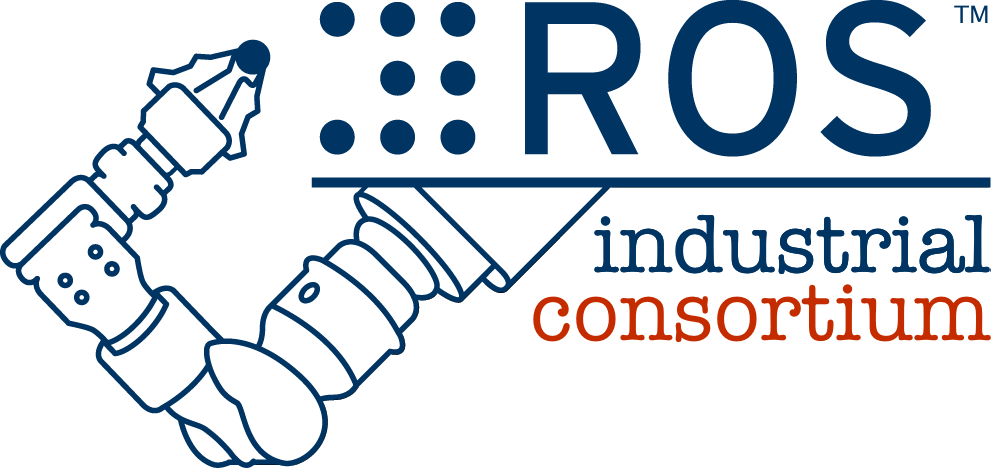
ROS Industrial consortium logo (image by the ROS Industrial consortium)
Yes, I know this is not a person, it is an entity… so what? The job that the ROS Industrial consortium is doing is so important that it could not be led by a single person, so a consortium was created.
As ROS was becoming more and more popular among service robots, some clever guys thought that it was important to give ROS a push and introduce it into the world of industrial robots. Industrial manufacturers would not accept ROS easily since it would mean that they would have to release their proprietary interfaces. The ROS Industrial consortium was created in order to help adapt ROS to those industrial robots, and to show to the industrial robot manufacturers the increased benefits that they would get from adopting ROS rather than not.
There are three different world areas where the ROS Industrial Consortium operates under a different team: one for the Americas (ROS Industrial Consortium Americas), another for Europe (ROS Industrial Consortium Europe) and another one for Asia (ROS Industrial Consortium Asia-Pacific).
The leaders for the three different consortiums are:
- For the ROS Industrial Consortium Americas: Paul Evans and Matt Robinson
- For the ROS Industrial Consortium Europe: Mirko Bordignon and Thilo Zimmerman
- For the ROS Industrial Consortium Asia-Pacific: Erik Unemyr
You can find all the information about ROS Industrial Consoritum on their website.
You can find an interesting podcast interview with Mirko Bordignon here, where he describes in further detail the whys of the consortium and the different regions, and its long-term goals.
7. Luca Marchionni
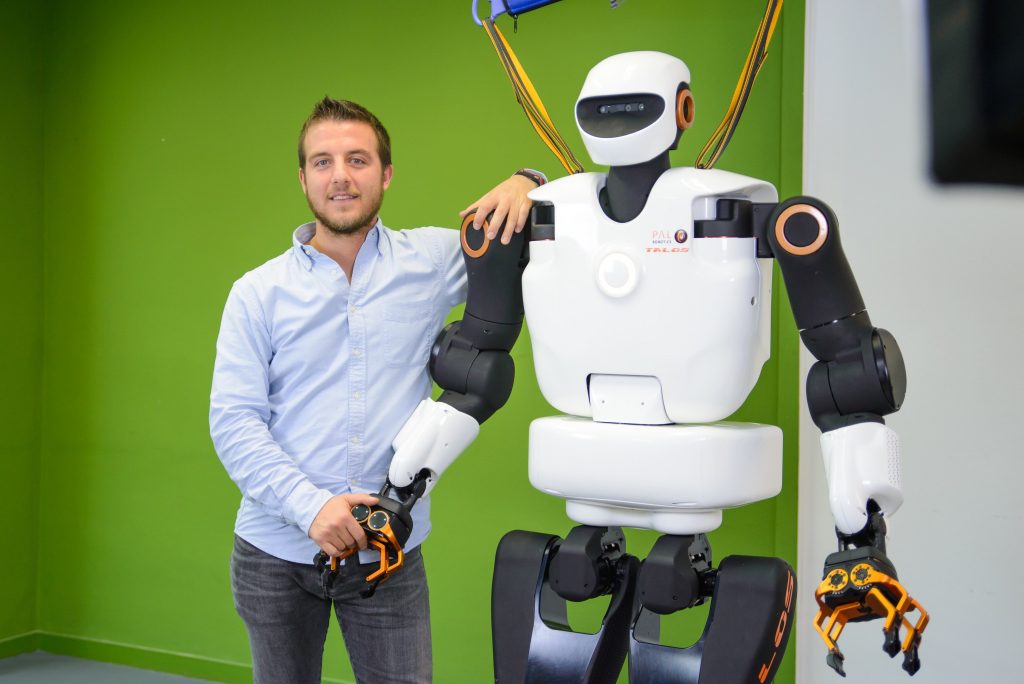
Luca Marchhionni with Talos robot (picture by Luca himself)
Luca Marchionni is the CTO of Pal Robotics company. At Pal Robotics, he leads the technical team that develops human-sized, legged humanoid robots; that is, robots that walk. It is the only company in the world that sells human-sized, legeged humanoids based on ROS off-the-shelf. Luca is a ROS expert since C-Turtle and, at present, he is in charge of the development of two humanoid robots: Reem-C and Talos.
Luca and I worked together for many years on the same team inside Pal Robotics (the navigation team) where we developed the navigation system of the humanoid robots. I can tell you that he is an expert in ROS and programming! However, the most important point to include about Luca here is twofold:
- He is leading the technical team of the only company in the world that sells ROS-based, human-sized humanoids.
- Under his leadership, engineers from Pal Robotics developed many parts of ros_control, a super important package that provides actual control of the joints and wheels of any ROS-based robot using ROS communication. Before the existance of ros_control, controlling a robot’s joints was a nightmare!
You can find him at LinkedIn.
You can find an interesting podcast interview with Luca here, where he talks about what the process is for developing ROS-based humanoids.
8. Dejan Pangercic
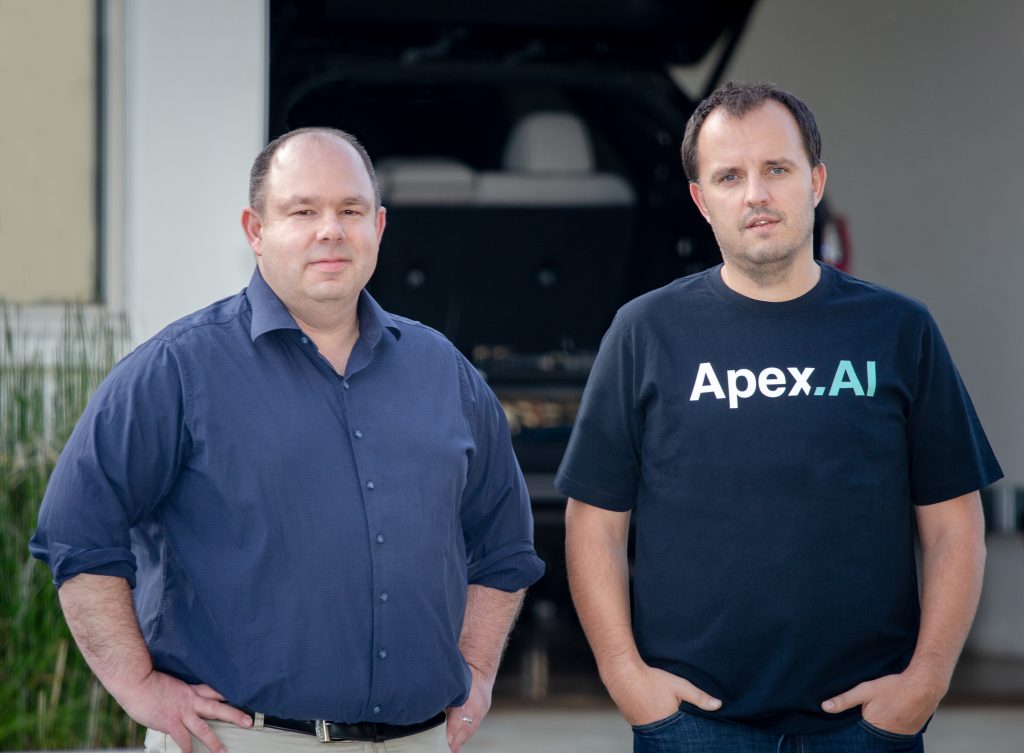
Dejan Pangercic on the right with his co-founder Jan on the left (picture from Apex.AI)
The trajectory of Dejan in ROS is a long one. He started with ROS while doing his PhD research at Technical University of Munich. Then, he applied his knowledge to agricultural robots while working for Bosch and for Deep Field Robotics. Recently, he co-founded a company called Apex.AI, which is building a certified version of ROS2 that can be securely used as the operating system for autonomous cars. Basically, they are building a car operating system based on ROS, the Apex.OS. The idea is so important and powerful that the company has recently secured 13 million in investments and is now developing at full speed.
You can find Dejan at LinkedIn
Here there is a very interesting interview that I did with Dejan, where he explains the ins and outs of his Apex.OS.
9. Yoonseok Pyo
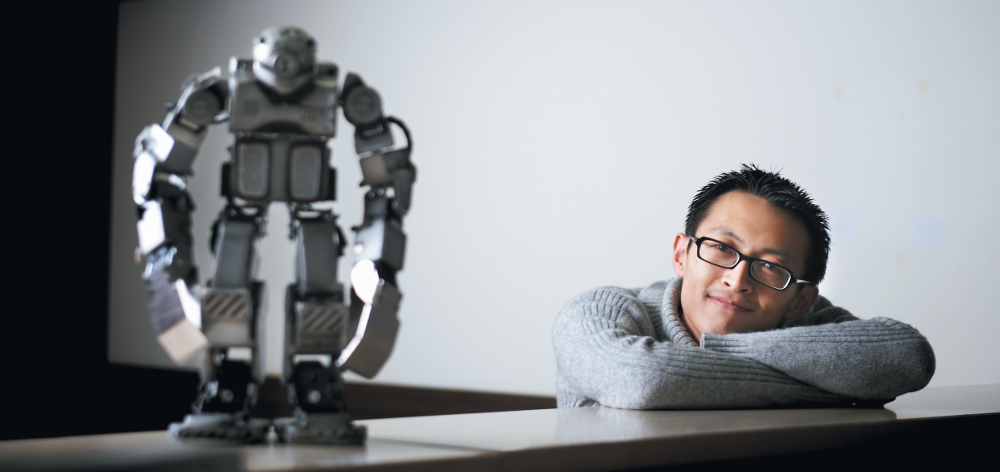
Yooseok Pyo (the one on the right!) (picture by robotpilot.net)
Yoonseok is a senior research engineer at Robotis company in Korea. Among other things, he is the leader of the development team of the Turtlebot 3 robot, the last generation of Turtlebot. Turtlebot 3 is used as the main ROS robot to start and practice robotics with ROS all over the world. So, Pyo is affecting the way many people in the world are learning and practicing ROS. Recently, Pyo became a member of the ROS2 steering commitee for the development of ROS2.
Additionally, Pyo has written 10 books about ROS and robots, including his latest one, which includes most of the aspects of ROS that you may need (from what is a topic to how to do navigation and grasping with ROS). You can download his book for free here.
The work of Pyo acts as a pioneer for the spread of ROS in Korea in particular, and in the world in general.
You can find Pyo at LinkedIn.
10. Jenssen Chang
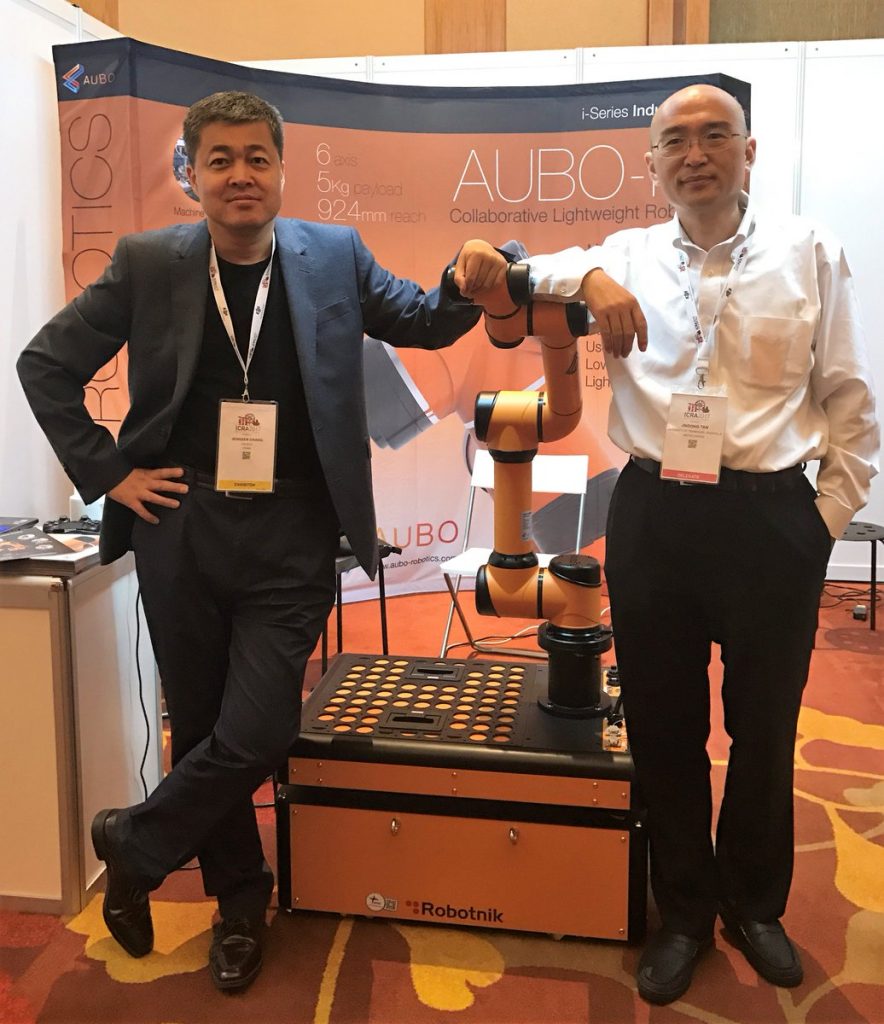
Jessen Chang on the left of the picture (picture by Robotnik)
We must face it, the introduction of ROS in China is still at a very early stage. Because of that, Jenssen is pioneering the distribution of ROS-based robots in China. Jessen is the founder and general manager of Gaitech company. He is the distributor in China for the main ROS-based robotics companies of the world, like Robotnik, Clearpath, Fetch Robotics, Pal Robotics, Robotnik, etc. He is also the distributor in China of our online academy for learning ROS online (here the Robot Ignite Academy international, and here the Robot Ignite Academy for China).
It must be said that Gaitech is not only distributing third party robots, but also building their own, all of them based on ROS.
Recently, Jenssen was selected as a local co-chair of the next ROS Conference 2019 that will be held in Macao in October.
11. Chunxu Hu
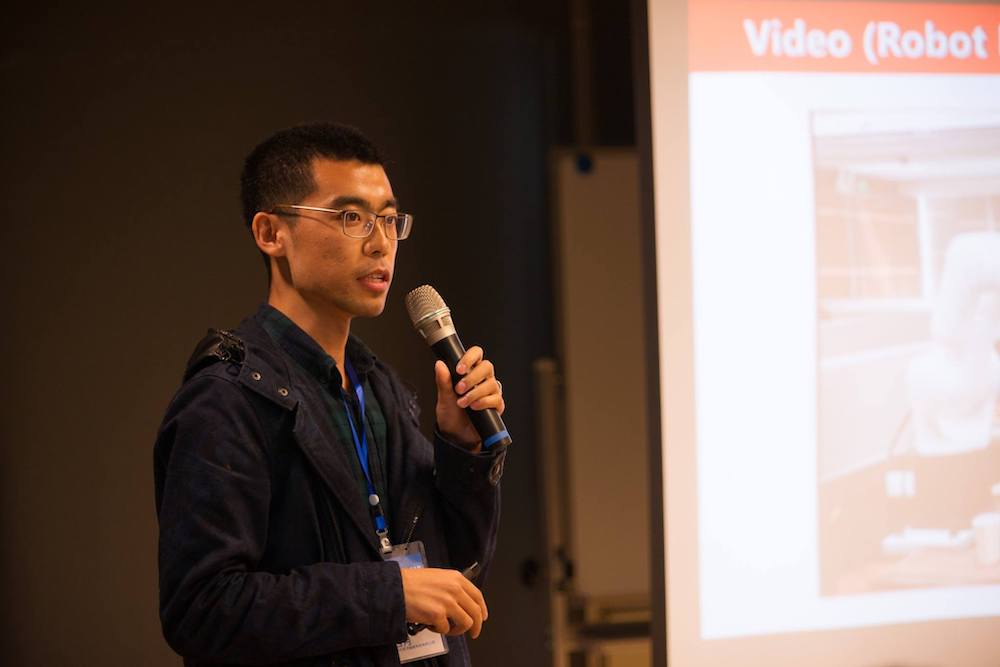
Chunxu Hu 胡春旭 (Photo by Richard Yo)
If you study ROS in a Chinese-speaking area, then you must have heard of Gu Yue Ju (古月居).
The real name of Gu Yue is Chunxu Hu. As the earliest ROS developer in China, he has many years of development and application experience, and has participated in research and development of robots, such as service robots and robotic arms.
In 2012, Chunxu began to share his thoughts on the process of ROS learning on his “Gu Yue Ju” blog. His article enlightened many Chinese ROS learners and exposed many people’s yearning for ROS. He has published nearly a hundred articles on ROS, which are continuously updated. In my opinion, he is the person that has done more for the awareness of ROS in China than anyone else.
In 2018, he published “ROS Robots Development Practice”(《ROS机器人开发实践》), which introduced the basics and application practices of ROS to more learners through Chinese.
12. Matt Droter of ROS Agriculture
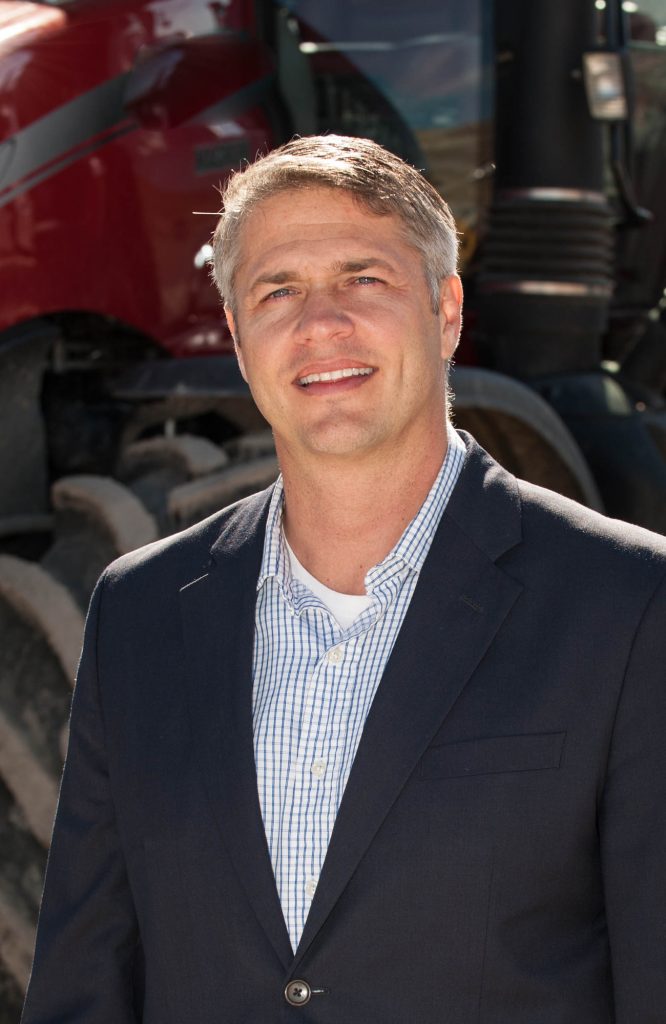
Matt Droter is the founder of the ROS Agriculture group (picture by Matt Droter)
Matt is the founder of the ROS Agriculture group. Within the ROS Agriculture group, he has grouped a series of farmers/engineers who aim to automatize as many activities of agriculture work as possible. Basically, they want to create ROS-based machines for agriculture in a similar way to that of ROS Industrial. At present, they are concentrating more on how to convert already existing agriculture machines (like tractors) into autonomous ones. They build the control system using different pieces and use ROS as the glue system to move the machines.
The group is a young one, but it is quite active and consistent. You can join their online meetings every Tuesdays on Youtube, where the advancement of the group is discussed. You can also join their Slack channel for more quick and active responses.
You can find Matt on LinkedIn
Here is a podcast interview with Kyler Laird, a member of the ROS Agriculture group, who explains a lot about the reasons and goals of the group and how he uses ROS to automatize his tractor.
13. Dave Coleman

Dave Coleman leading the MoveIt! development (image by Dave from his Github)
Dave is the CEO of Picknik Consulting company, a company dedicated to providing integrated robotics solutions. However, the reason he is included in this list is not because of his company, but because of the package that he maintains and develops: the MoveIt! package. Until the appearance of MoveIt!, doing grasping tasks with ROS was a nightmare. MoveIt! represents such a big step forward in allowing any ROSified robot to do quite acceptable grasps.
Really, I am so happy to have MoveIt! for our ROS robots! And that is because I suffered a lot. I was leading a team to participate in the Robocup@Home competition using the Reem humanoid robot. That was 2013. No MoveIt! existed yet. For that, we had to do simple grasps of very simple objects (basically bottles, cans, and boxes). But doing that with the humanoid was almost impossible. Even if we were using ROS, we had to create all the different parts of the grasping system: the kinematics solver for that specific robot (which was randomly working), the sequence of movements to grasp an object (rough approach, close approach to the object, close grip, lift a little bit, then move to standard position), the use of perception to avoid obstacles, etc… It never really worked! Sometimes, there was no solution for the kinematic solver. Sometimes, the trajectory generated was like dancing flamenco. Sometimes, it was crashing against obstacles. Most of the time, there was a crash in the program!
Now with MoveIt!, you can have your arm grasping things in 5 minutes, even avoiding obstacles detected by a pointcloud device. Amazing!
Apart from developing MoveIt!, Dave is an expert in integrating robotic hardware with real-time systems, using ROS and ros_control.
You can find Dave on LinkedIn.
14. Shinpei Kato
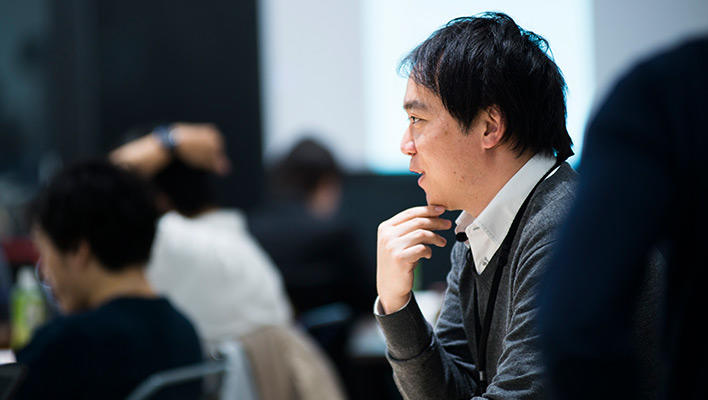
Shinpei Kato (picture by Fujitsu Film)
I don’t know very much about his previous history on ROS, but I decided to include him here because of the tough movement he did a couple of years before, by releasing an open source of the first ROS-based, fully autonomous car control system: Autoware.
At present, his development has led to the creation of the Autoware Foundation, where several members of the ROS community have joined forces to push for the faster development of an autonomous car full solution based in ROS.
You can find Shinpei at LinkedIn.
Conclusion
The world of ROS is evolving at a very fast pace. I know there are thousands of people developing ROS packages and libraries, and that I left many out. There are many details in ROS that I cannot get from my local position. In this article, I tried to plot the hottest ones at the current stage based on my personal vision. I’ll be happy to correct, include, or remove any entry if you send me the data, as long as they are not based on political issues (you know, I have to include this teacher or boss because otherwise he will be mad at me).
I know I mentioned in the title the top 10 positions, and in the end, there are 14… you know… it looks better to have a 10 in the title!
The positions in this list have been won by hard work over many years. But as anything in life, the leaders of today may not be the ones of tomorrow. We’ll see… but for that, we’ll have to wait until next year.
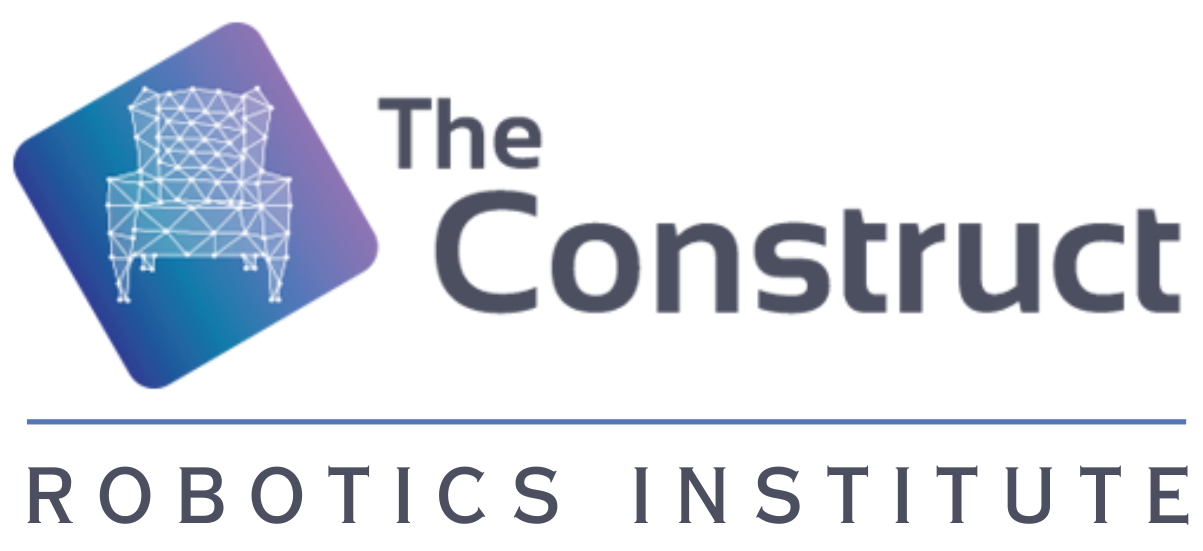
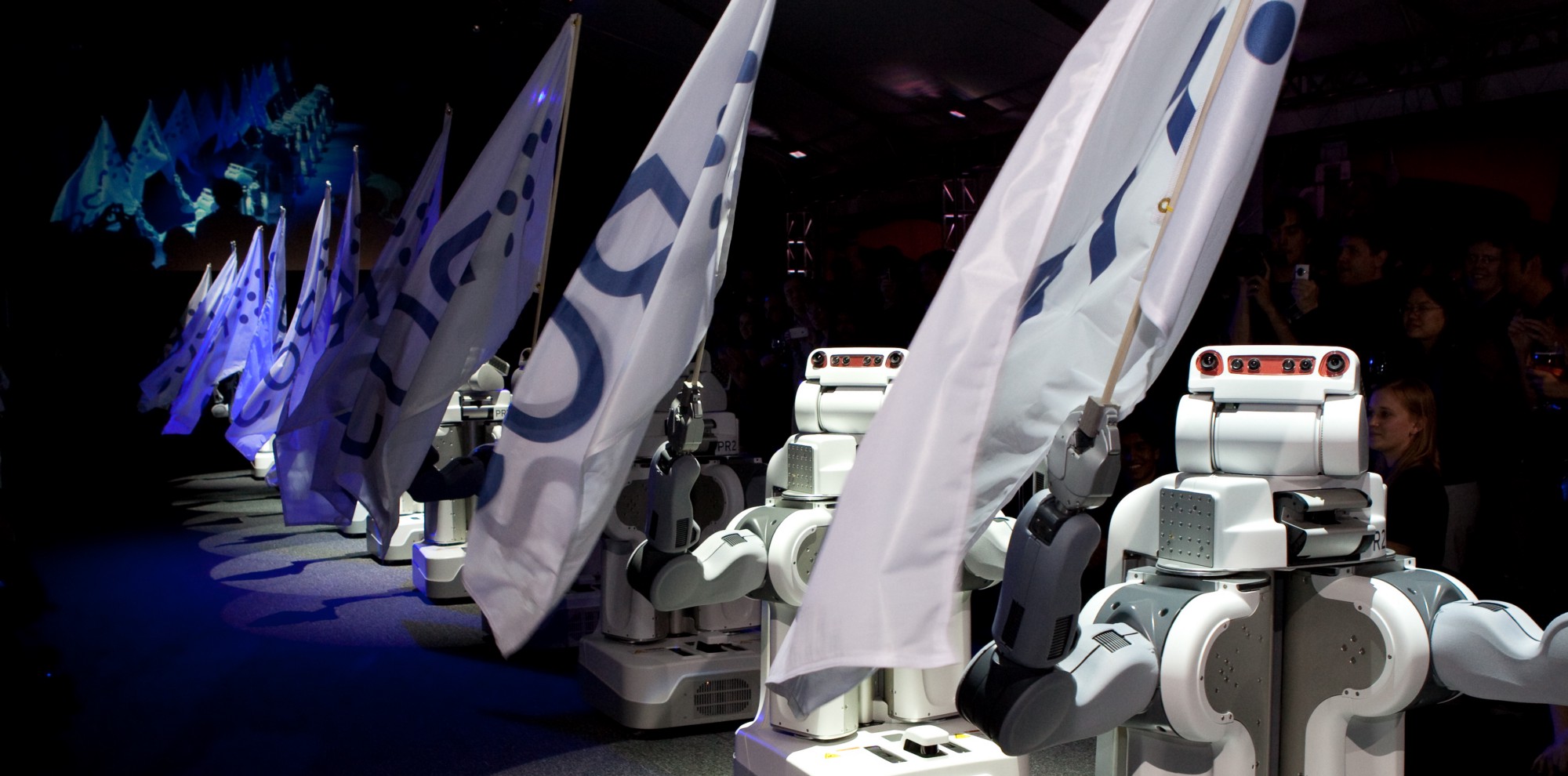

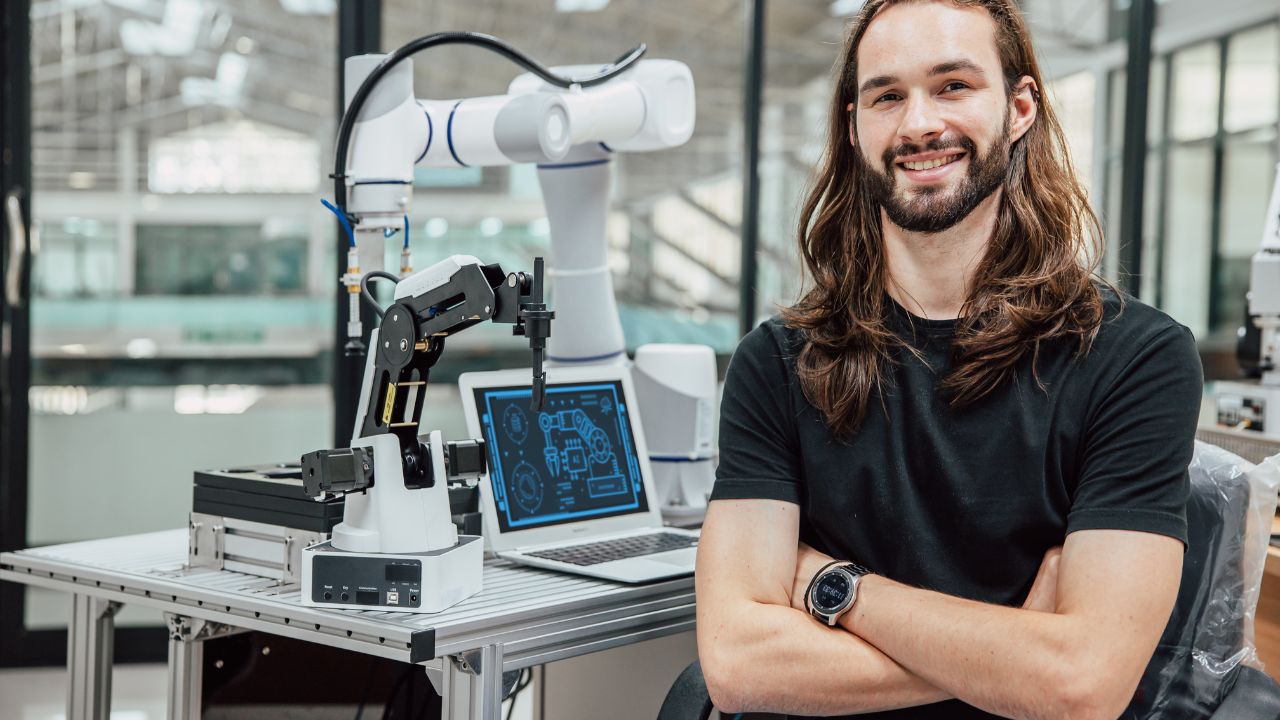
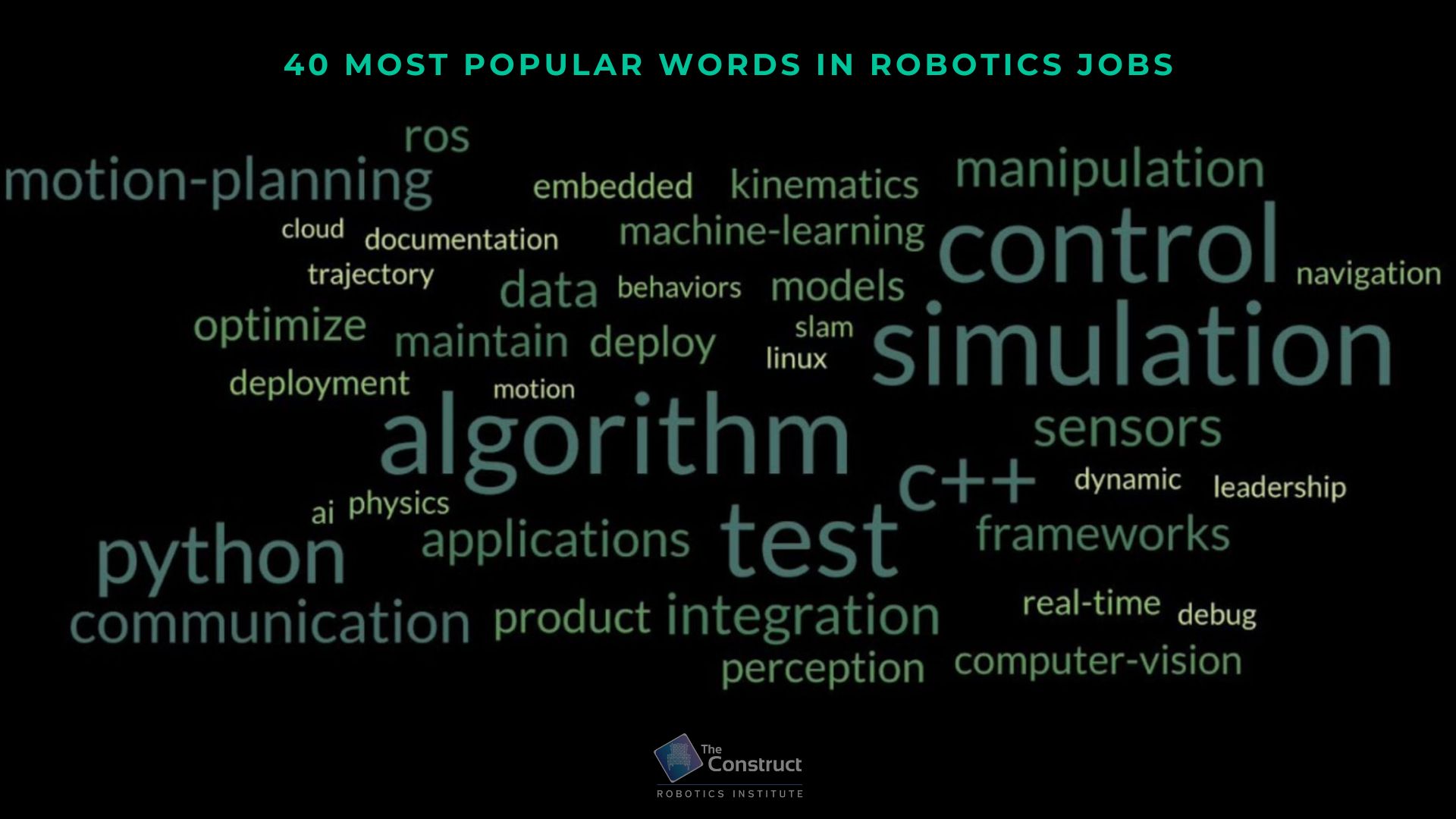
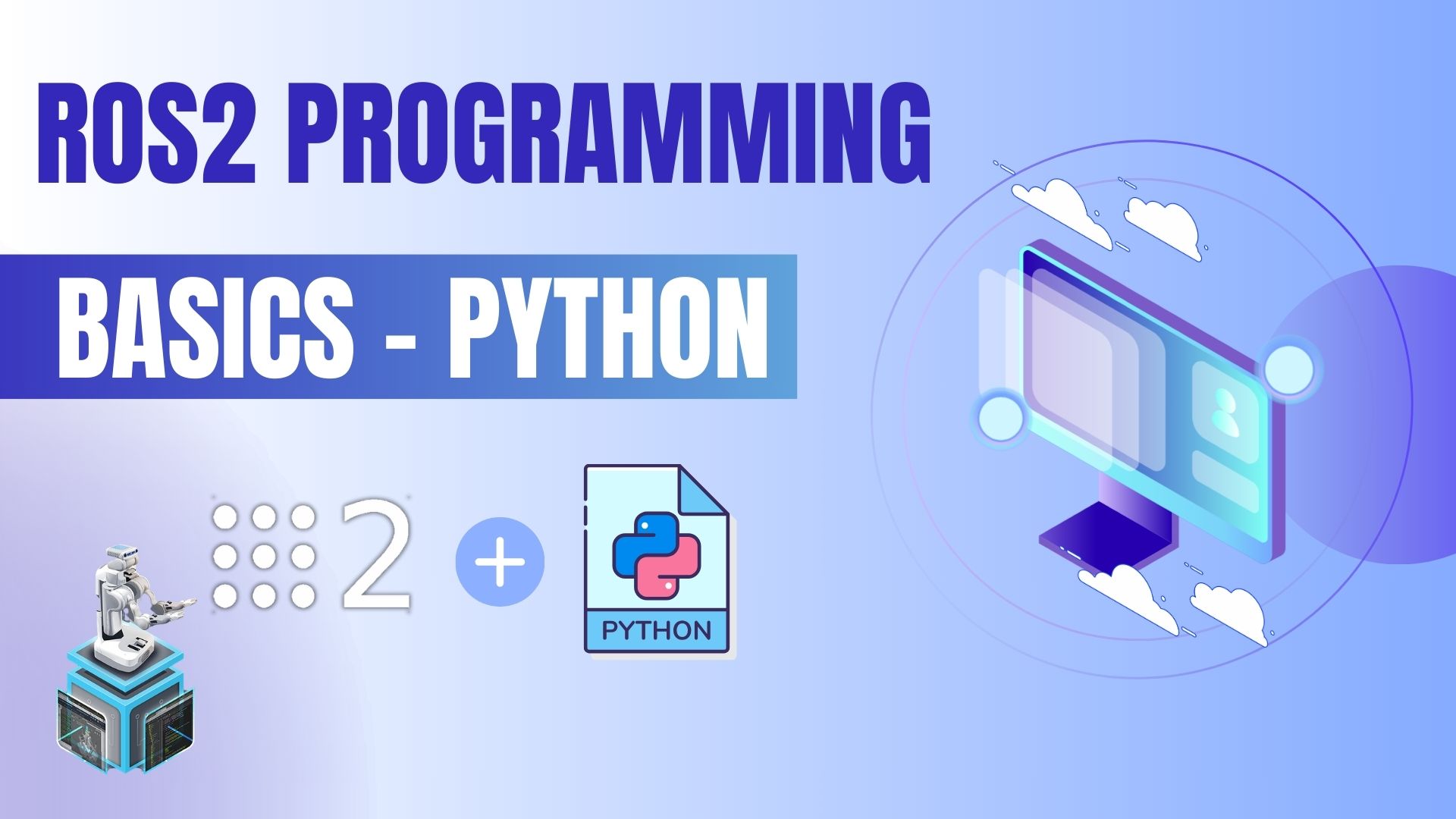
Pretty strange to not see Morgan Quigley, chief architect of ROS, or William Woodall on this list…
Thanks for your comment. Even if I know about the existence of Morgan and William in the ROS, I was not aware that their contribution to the ROS was so important. Never had the opportunity to talk to them, not even met at a conference or forum. Bear in mind that I see many people doing amazing things in ROS and I had to reduce to 10 (well actually 14).
As I mentioned, the list is based on my own experience and how I perceive the influence of those people in the ROS ecosystem, always from my very limited perception span.
I promise to learn more about Morgan and William’s work and reconsider their work for the list of next year.
Thanks for letting me know. You are not the only one who suggested that they must be at the list.
Great post on the people of ROS.
Thanks for mentioning my interview with Tully Foote for Robots in Depth.
I love ROS and have done several interviews focusing on it, and I have more that will be posted soon.
The you mentioned with Tully Foote
http://www.youtube.com/watch?v=hNFMU2lPTHo
Dirk Thomas
https://www.youtube.com/watch?v=A2T9EryOAUI
Melonee Wise
http://www.youtube.com/watch?v=sRZqBBA5YzU
To subscribe: http://bit.ly/RID_Sub
Per
Oh damnit I am not listed!
coin